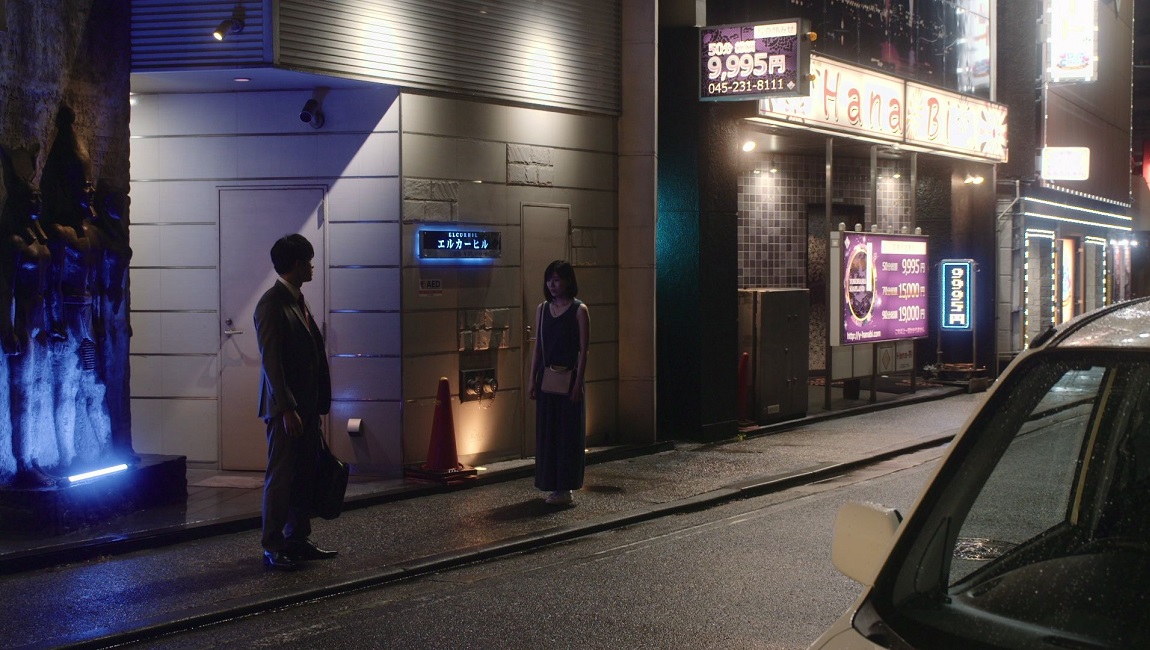Lav Diaz’s A Lullaby to the Sorrowful Mystery (which first premiered in 2016, but is only now getting a release Stateside this year, thanks to the streaming platform Mubi) is a descent into the vagaries of national identity, history, and revolution as seen through the eyes of myriad characters (real, imagined, folkloric) during the final days of the Philippines Revolution, in the late 19th century. Throughout its intimidating, eight-hour runtime, the film encompasses materialist, literary, and mythological dimensions of colonial and anti-colonial struggle. It is nearly impossible to meaningfully experience, or write about, without a working understanding of its many moving narrative parts and complementary thematic concerns. Further complicating interaction with the work is the suggestion that Diaz has taken to, as one Letterboxd user puts it, “burning his entire life’s work and painting the fire” — which would constitute, by this point, 14 films and roughly 70 hours. However, lest these contextualizing and descriptive details and reservations — and the label of ‘slow cinema,’ which always seems to follow this director and his work — discourage the reader, know that I, even having relatively little exposure to Diaz and his oeuvre, was left entranced by A Lullaby to the Sorrowful Mystery.
Over the course of the film’s first four hours, Diaz actually seems to rebuke his reputation for ‘slowness’; his film is both dense and highly conversational, but the material is possessed of such a poignant, if elusive, texture that it remains persistently engrossing. Indeed, it is a mark of the film’s sophistication that it can do this even as it establishes the historical and spiritual complexity, and existential significance, of the revolutionary situation the people of the Philippines find themselves in. The sweep of the narrative takes in everything from a duplicitous, yet well-intentioned, mestizo trader, Simoun, also known as “Crisóstomo Ibarra” (Piolo Pascual); the doubts of an idealist student, Isagani (John Lloyd Cruz); the travails of Georgia, aka “Oryang” (Hazel Orencio), who is the wife of a revolutionary leader and who worries over her husband’s role in the armed struggle; and the aspirations of Musikero (Ely Buendia), a musician who opens the film planning to join the revolution after he witnesses the public execution of the poet, and national hero, who incited it. And yet, beyond this rich social illustration of native life, A Lullaby to the Sorrowful Mystery also spends much time considering the spiritual damage enacted by the Spanish imperialist forces and their depraved machinations, as its leaders comprehend their role as very tangible devils on the islands and so conspire with local, quasi-demonic creatures of fable — known as tikbalang, half-human, half-horse creatures that often frustrate travelers — to eliminate a rival fantastical heroic figure from the peoples’ cultural imaginary. That Diaz’s film does all this in its first hours — while maintaining a formal prowess that regularly surprises the viewer with startling interruptions of violence, jarring shifts in spoken language, subtly introduced musical reverie, and extended passages on the time-bending malfeasance of mythic beings — is a mark of its greatness. And, again, we’re only half-way through.
The film ends on an ouroboros, one not simply representative of the relationship between revolutionary art and reality, or national history and futurity, but emblematic of Diaz’s approach, and the interests that undergird his career.
A Lullaby to the Sorrowful Mystery’s second half is a slightly different beast, one that uses the details that have accumulated, up to this point, as grist for comparatively ‘slower,’ and more contemplative, sections. We now follow two distinct groups of people, both descending into the depths of the Filipino jungle. One group is led by Georgia, who searches for the body of her husband, after he’s assassinated by rival Filipino rebels; the other follows Simoun, who’s been wounded by a gunshot, and Isagani, who helps his companion find a place for medical treatment. And if the promise of several hours spent watching people trek through flora and fauna sounds a bit off putting — understandably so, really — it’s also in these sections that Diaz’s previously busy narrative distills itself down to a more aesthetically expressive work. Every frame of his film that takes place in the jungle is filled with smoke; the space becomes an obscure one that reflects the souls of the characters themselves, as each wrestles with the deaths of their respective lovers, their ideals, and their icons. The potency of this is deepened further as Diaz engages with his established themes within the space of the forest. Here, there are encounters with religious zealots and cultists who’ve grown unhinged by their country’s chaos; villagers, friends, and national armed forces that have turned against their people; and the tikbalang, who stymie and entrap the natives of their own land. It’s all the more interesting that Diaz reserves his most vibrant and challenging editorial flourishes for these supine passages — particularly those involving the tikbalang, as they confront Georgia and her fellow travelers with their worst experiences under Spanish rule.
It’s also in these sequences when the tension between the ‘real’ and the explicitly fictional layers of A Lullaby to the Sorrowful Mystery become the most intense. Georgia’s search is inspired by an actual historical execution; but the journey of Simoun and Isagani is a fabrication, the characters and the story adapted from El filibusterismo, a novel by poet and author Jose Rizal (whose execution and book both are cited, and exist, within this film itself). Each ‘search’ is expressive of a dialectical relationship between art and life: in one, the sufferings of life motivate art, and in the other, art attempts to explore and comprehend the meaning of life’s pain. Each also becomes ever more concretized in the other, and in this way, the film ends on an ouroboros, one not simply representative of the relationship between revolutionary art and reality, or national history and futurity, but emblematic of Diaz’s approach, and the interests that undergird his career. This is perhaps best expressed through a claim that’s internal to the film: “history repeats itself.” (Consider that the figure of Bonifacio, the revolutionary leader seen murdered in this film, was mentioned, by name, in Norte, the End of History, relevant in some iconic manner to the matters of crime and violence that inform that work; or that Diaz’s next film, Season of the Devil, explores the horrors of fascist dictatorship during the 1970s, under a title that evokes language used by the Spanish rulers to describe themselves in this film.) History repeats, oppression recurs. Yet, if A Lullaby to the Sorrowful Mystery is Diaz “burning his career to paint the flames,” the mutual coincidence of the end, and the beginning, becomes all the clearer artistically and conceptually: destruction and rebirth, darkness and light, suffering and hope, ever and always linked for both the filmmaker as artist and for his nation’s struggles.
You can currently stream Lav Diaz’s A Lullaby to the Sorrowful Mystery on Mubi.







